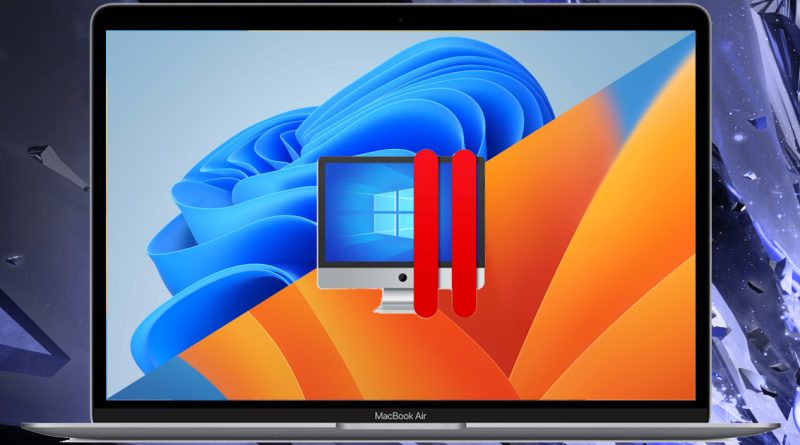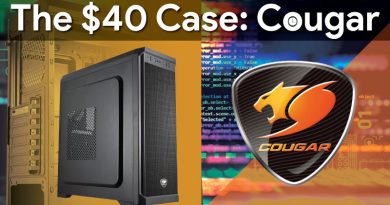Parallels Desktop 18 on M1 – Bootcamp is Dead
Hello Readers
As I’m sure you know I have been a long-time Mac user and typically carry one alongside a Windows Laptop or desktop up until around the time I tried Bootcamp for Mac a fascinating piece of software that allows me to run Windows on my Mac with clever integration and a moderately user-friendly experience up until the reboot in MacOS button just stopped working after a windows update then it became rather not elegant however after I got the M1 Mac Boot camp was no longer available
And despite my thinking, the reason was that the newer iBoot firmware did not support booting on anything that was the main SSD it’s a matter of just being incompatible with M1 by nature however given the fact I rarely use Windows Applications on my Mac as it is I didn’t feel that it would matter to me much however out of boredom I found out through a friend that Parallels for Mac Paired with Windows 11 was quite a suitable substitute for Bootcamp
Setup was fairly easy with a typical installer package and when the program first started it asked if it would like to install the newest copy of Windows 11
The automated install worked amazingly and after the install was complete it was running as well if not better than any traditional windows install… or at least as well as Windows 11 can run 😉 which in this case is well I had been a little confused as my laptop seemed overcrowded but it was a new install which is why I was confused I couldn’t understand why until I took a closer look and realized that it was the files from my Macs Desktop
Following my great praise for stacks, I turned desktop icons off curious as the main reason Bootcamp was disabled was lack of support from Microsoft… So I ran it through a test native windows apps worked well however I wanted to see how well it was able to run third-party programs the first I installed was an ARM build of Firefox which was impressive in its own right however in Windows 11 does have an emulation layer… It’s worth visiting how well that works… I wanted a program that had Zero chance of being supported such a slim to none chance that it ever would have a chance of running on ARM or failing that a minimal chance of ARM support added I was going to go with WINAMP however there was recently a big update that when to it… So I continued to think and was told by a professor about a competitor to WINAMP by Lycos (Sonique) so I found an old Installer and…
Sure enough, it ran… And well at that which was cool I then continued to use it more and more and eventually found a button which was called “Coherence Mode” out of curiosity I clicked on it and my desktop disappeared however Sonique was still running
And I must say it was pretty amusing seeing Lycos Sonique running on a Mac it even offered many of the same benefits of MacOS it let me run my MacOS programs alongside the windows ones and the more I thought of how cool this was I realized how useful this was could the Mac be the only computer I need?
I then was unsure how to access new programs
Until I realized the Windows 11 Logo in the dock acts as the button for the start menu and depending on what’s running the ⌘Command Key acts as the Windows Key also somewhat important to note… is how well parallels can decide where and when you need to use the shortcuts and what OS to pass them to its pretty intelligent… As a final test, David was asking me if it can run Visual Studio as he saw it as a Do-It-All low wattage high performance laptop to bring on the go like to work on programs at the coffee shop so I installed Visual Studio on it and tested it with David’s Script wrapper
I tested the compile and well… It ran
And it ran without any significant issues or headaches. I am overall very happy with the software 🙂 and I now consider Parallels Desktop for Mac essential software for the Mac
Later on, I will be attempting to test Linux support however I am more than happy to subscribe to this application




